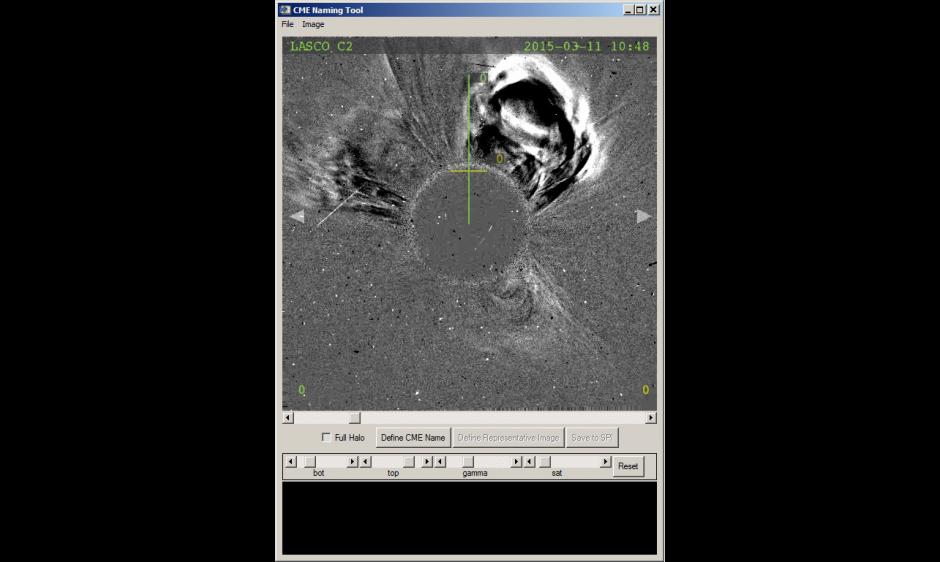
Following the backfill of nearly 30 hours of LASCO coronagraph data, analysis revealed multiple coronal mass ejections (CMEs) associated with several R1 (Minor) and R2 (Moderate) radio blackouts, as well as the R3 (Strong) radio blackout, and the 22 degree long solar filament that lifted off the NNW solar limb. However, only two of the CMEs were of particular interest, with the others having a trajectory too far off the Sun-Earth line. Subsequent WSA-Enlil output revealed the CME associated with the filament that erupted between 11/0625-0815 UTC ( 12 March from 0225-0415 EDT) may potentially have an impact as a possible weak, glancing blow mid to late in the day on 14 March. The CME from the R3 (Strong) radio blackout, while impressive in coronagraph imagery, should pass well to the east of the Sun-Earth line. Analysis is on-going for the more recent R1 (Minor) radio blackouts.
In addition to the G1 (Minor) WATCH issued for 13 March, a G1 (Minor) geomagnetic Storm WATCH has been issued for 14 March in response to the potential impacts from multiple glancing blow CMEs combined with the influence of increased solar winds associated with a positive polarity coronal hole.
Stay tuned here for updates.